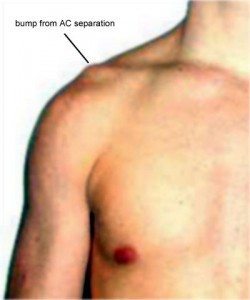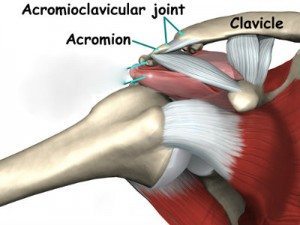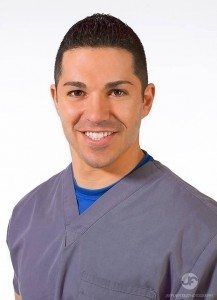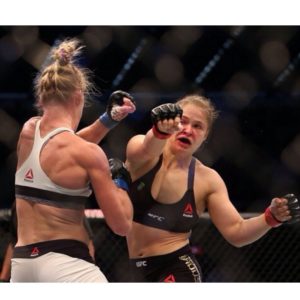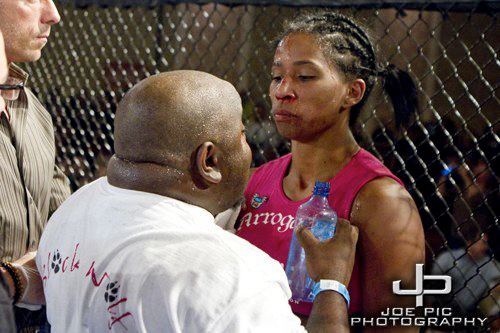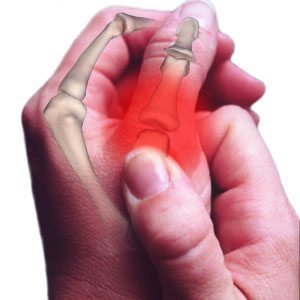This post may contain affiliate links to products or services which, if you purchase, may result in my earning commissions at no additional cost to you.
Written by Dr. Beau B Hightower
MS, DC, CSCS, CES
Many athletes and weekend warriors have experienced pain in their shoulder after a hard fall. Pain can continue for many years and may begin to impact your day to day activities as well as your athletic performance. There are many causes for shoulder pain, the most common of which include rotator cuff pain, labral tears, fractures of the humeral head, shoulder dislocations, and shoulder separations.
Separated shoulder injuries occur when blunt trauma is applied to the side or top of the shoulder. This can happen with collision sports such as basketball, football, soccer, and mixed martial arts when an athlete runs into another athlete. These injuries also occur during hard falls which are common in cycling, skiing, and even distance running. The separation that is referred to when we discuss separated shoulders is a specific joint along the collar bone that is called the acromio-clavicular joint or more commonly, the AC Joint.
The AC Joint is the connection between a part of the scapula or shoulder blade and the collar bone. When an impact occurs that is strong enough to damage the ligaments that hold this small joint in place, one end, typically the clavicle or collar bone, separates and is pushed either up or down. This causes immediate pain, and there is nearly always a visible elevation in the affected area of the shoulder.
AC Joint separations are classified into six types with type one, or the least severe being the most common. Types four through six are so severe that surgery is typically required to stabilize the joint and attempt to repair fractures and ligament tears. Type one and two can leave permanent deformity as arthritis and ligament thickening or hypertrophy set in. Type one and two can clinically be improved by shoulder mobilization that can actually improve the visual appearance of the “bump” even years later. By creating motion within this thickened structure, synovial fluid is allowed to re-lubricate the joint which can dramatically improve shoulder pain and appearance. If left untreated, type one and two shoulder dislocations can cause permanent deformity and can contribute to neck pain, shoulder arthritis, and even a painful shoulder restriction condition known as impingement syndrome in which the AC joint can actually damage the rotator cuff that glides underneath it.
If the shoulder trauma is recent, it is important to seek medical evaluation so that they may prescribe diagnostic imaging if needed to rule out fractures or other severe trauma. Treatment of a separated shoulder depends on the severity of the injury. When beginning treatment some of the things one should do first, is control the inflammation, rest the joint, and ice the joint. Take an anti-inflammatory such as ibuprofen or naproxen to help minimize the pain and inflammation. Rest the joint which will also help minimize painful symptoms and allow the healing to begin. When icing, it should be done every four hours for 15 minutes at a time. You may wear a sling until the pain subsides.
However, if you have a noticeable bump on the end of your collar bone that bothers you, you owe it to yourself to seek a qualified physical medicine specialist to see if this chronic shoulder separation can be improved. If you have pain from an AC Joint separation, you may not have to “shoulder” the load of unsightly shoulder bumps and pain anymore!
Disclaimer: This article is for educational purposes only. If you have a medical condition, it is prudent that you seek medical evaluation by a properly qualified and licensed practitioner.
Dr. Beau Hightower is a former collegiate athlete and avid fight fan. He serves as the President of Elite Ortho-Therapy and Sports Medicine LLC, the premier sports injury resolution center in New Mexico. He serves on the Executive Board of Directors for Parker University and their Alumni Association and treats many elite level UFC fighters in his home practice.
Elite-OSM.com

